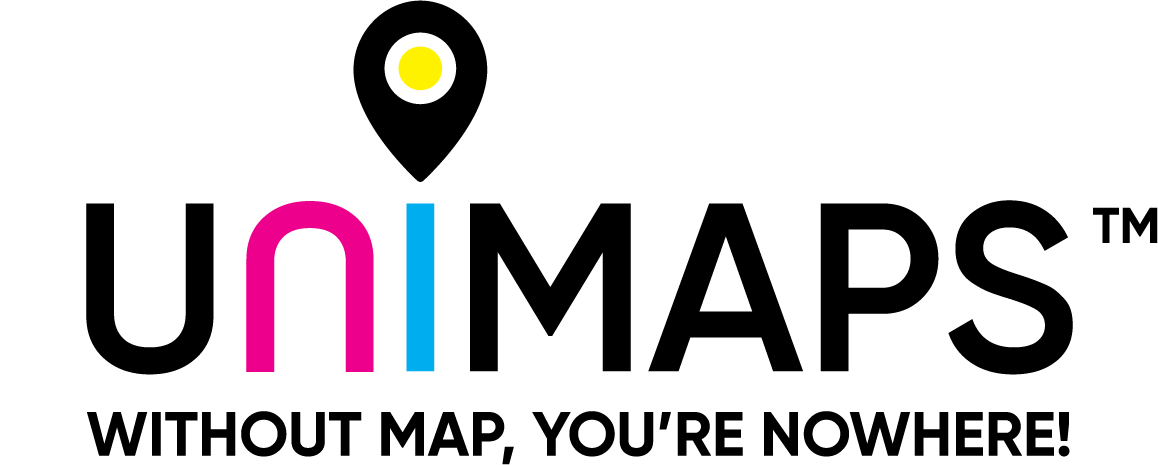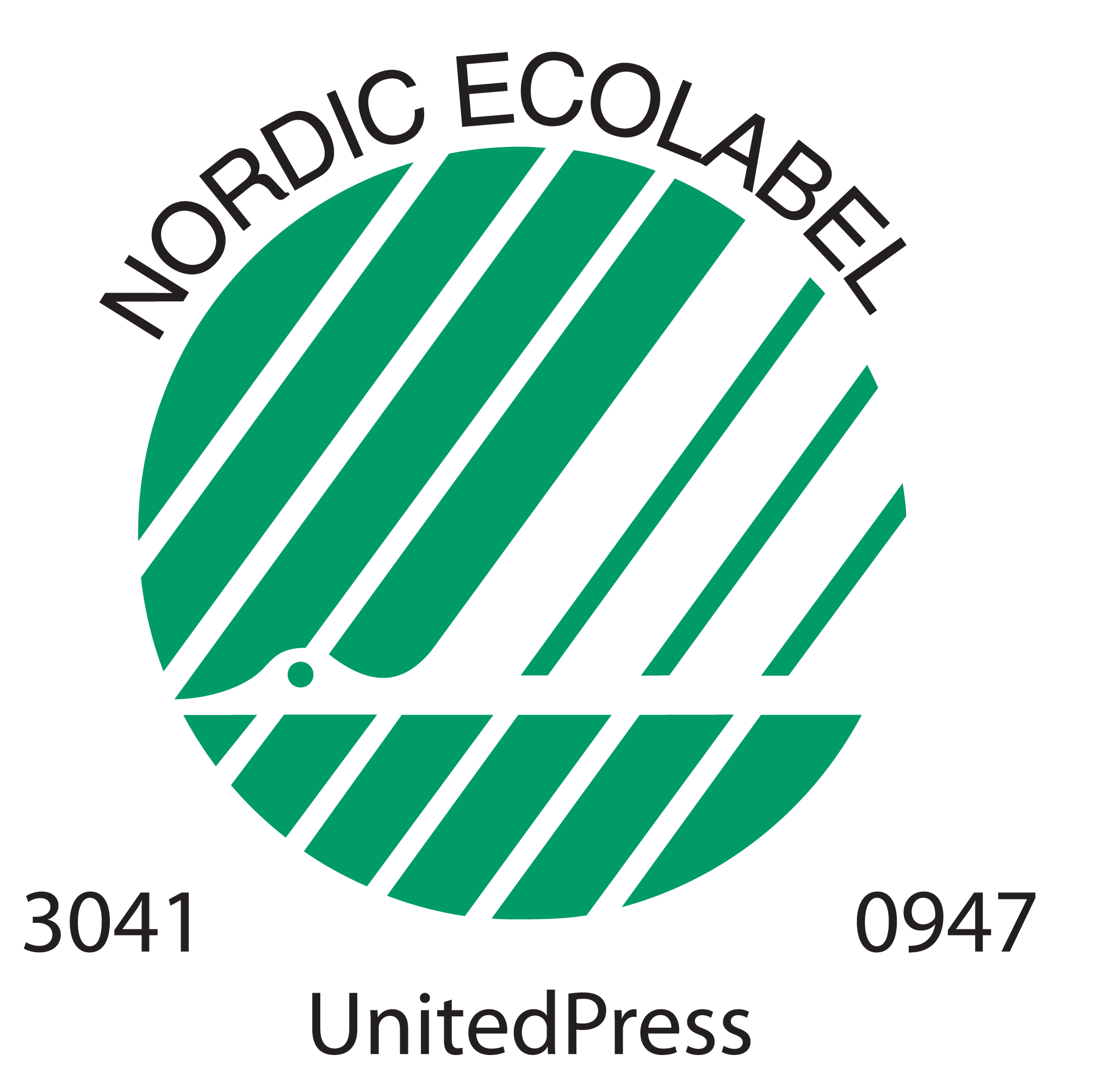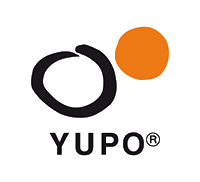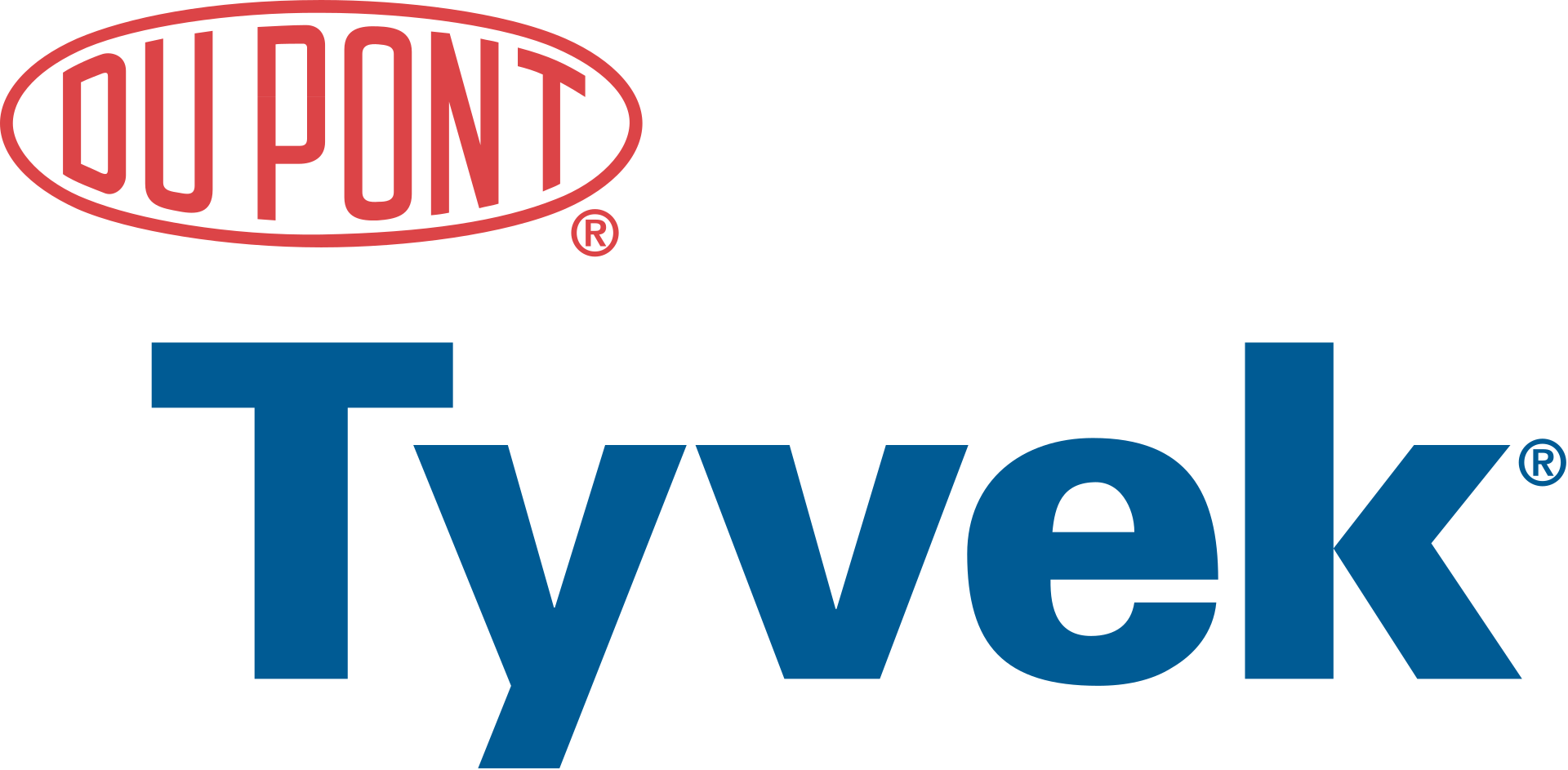UniMaps specialise in printing a wide range of Atlases, MapBooks and Guidebooks!
We self sufficient with all types of binding and finishing inhouse!
The type of binding is usually selected based on the function of the product, technical specification and budget.
If you are interested in printing a book, contact us for a quote!
Binding options
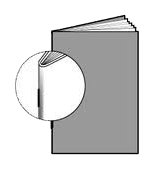
Saddle-stitched
Most economical type of binding. Content pages and cover are stitched together with a metal wire, which is folded in the inside of the brochure and looks like a staple. 2 stitches is standard, but possible with more if requested.
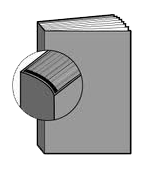
Perfect bound
We offer two types of glue:
Perfect binding with hotmel glue
also known as Glued binding. Content pages are bound together by a layer of flexible adhesive. Quite durable and has a low to medium cost.
Perfect binding with PUR glue
Content pages are glued with PUR glue, which offers superior adhesion. Using smaller amounts of adhesive, it is more durable than hotmelt binding. Once the glue is set, it is almost impossible to tear a page out.
Covers with flap on front and back covers, but also possible with just one flap, foldout pages, and other extras are available!
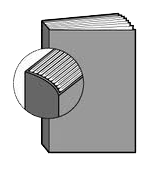
Sewn binding
A strong, durable binding where inside pages are sewn together in sections. Standard thread colour is white, but you can order different colour threads.
Covers with flap on front and back covers, but also possible with just one flap, foldout pages, and other extras are available!
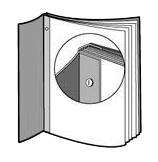
Screw and post
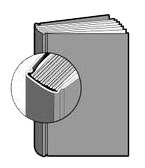
Case binding
Also known as Hard cover ans Hardback, where cover paper or other cover material is glued onto a thick board. This gives the book protection and durability.
Round spine
Content block should be at least 6mm thick to have a round spine. Please also note - the wider the spine, the less rounded the spine can be.
Flat spine
If not specified differently, the same thickness is used for the board inside the flat spine as for the front and back covers.
Cover options:
- Printed: Traditional book cover, printed and laminated.
- Fabric: Traditional book cover for books with Jacket.
- Quarter: Traditionally for quarter bound books the cover spine material is different from the front and back cover material or paper. It is possible to vary the combinations of materials differently from the traditional style. For example, one material for the spine part and back cover, and a second material for the front cover.
Without or with endpapers:
If endpapers are not included in content pages as self-ends, endpaper is a folded sheet with one half glued onto the inside cover and the other serving as the first or last free page. Usually paper that is thicker or the same as content pages is used for endpapers. They can be printed or blank, or made from already coloured paper.
With Jacket options:
A detachable outer cover, usually made of paper and has folded flaps that hold it to the book covers.
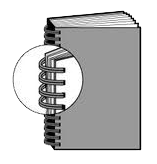
Double-loop (o-wire)
Punched pages are inserted onto a C-shaped wire spine, which is squeezed until it is round. Like spiral binding it can open flat, it offers 360-degree rotation and wires are available in different colours and sizes.
Covers with flap on front and back covers, but also possible with just one flap, foldout pages, index pages and other extras are available!
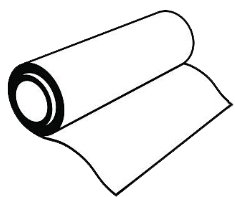
Extra finishing for covers
- Lamination: Film lamination is a thin film of polypropylene, polyester or nylon which comes off a roll and is pressed evenly onto the printed cover by a heated roller on a laminating machine
- Available films:
Gloss/Matt/Antiscratch/Softtouch .
- Spot UV: Spot UV refers to the application of this UV Coating to a specific area (or areas) of a printed piece rather than coating the entire surface. Used primarily as a design technique, Spot UV is a creative way to add depth and contrast through varying levels of sheen and texture.
- Foil blocking: Foil blocking (or hot foil stamping) is the process of applying metallic or pigment foil to paper or card, where a heated die is stamped onto the foil. Metallic foils are often used to highlight a product as premium or category-leading.
